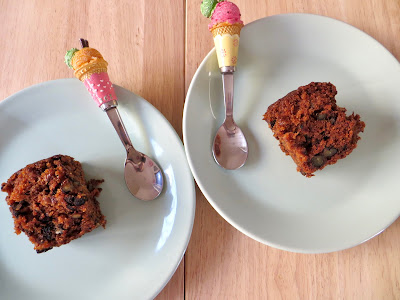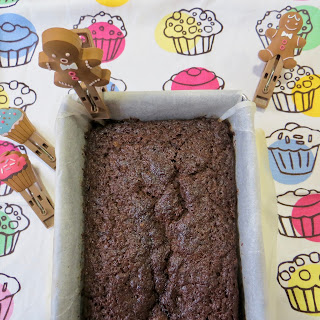- Zanahorias
- Lomos de bacalao
- Sal
- Pimienta molida
- Aceite de oliva
- Pimentón de la Vera
- Acompañamiento: patatas "baby", cebolla morada, pimiento.
1. Horneado
Se pelan y se cortan las zanahorias en bastocitos muy finitos, con la finalidad de que se hagan lo mejor posible en el horno.
A continuación, se lava el pescado y se seca con papel de cocina.
Pincelamos con aceite de oliva las hojas de papel sulfurado, y colocamos encima las zanahorias con un poco de sal y los lomos de bacalao con un poco de pimienta recién molida, y cerramos los paquetitos individualmente.
Se cuece en el horno, a unos 200ºC sobre 20-25 minutos (en función del grosor de los lomos).
Se pelan y se cortan las zanahorias en bastocitos muy finitos, con la finalidad de que se hagan lo mejor posible en el horno.
A continuación, se lava el pescado y se seca con papel de cocina.
Pincelamos con aceite de oliva las hojas de papel sulfurado, y colocamos encima las zanahorias con un poco de sal y los lomos de bacalao con un poco de pimienta recién molida, y cerramos los paquetitos individualmente.
Se cuece en el horno, a unos 200ºC sobre 20-25 minutos (en función del grosor de los lomos).
2. Acompañamiento
Cortamos en tiras finitas tanto la cebolla, como el pimiento, y las ponemos en una sartén con un poco de aceite de oliva y sal para sofreírlas. Mientras tanto, escurrimos el agua de las patatas baby (ya que vienen envasadas y precocidas), las cortamos en rodajas y las añadimos a la sartén para que se mezclen con el resto de verduras, primero a fuego medio y después bajando un poco el fuego hasta que tengamos que servir.
3. Servir
Para terminar el plato, podemos poner las patatas en el fondo y sobre ellas, el bacalao con un poco de pimentón de la Vera por encima. Sin duda, se trata de una cena sana y deliciosa.
************************
Ingredients
- Carrots
- Cod loins
- Salt
- Ground pepper
- Olive oil
- La Vera paprika
- Side dish: Baby potatoes, red onion, green pepper.
- Olive oil
- La Vera paprika
- Side dish: Baby potatoes, red onion, green pepper.
1. Baking
Peel and cut the carrots into thin sticks, in order to be cooked into de oven properly.
Then, wash the cod loins and dry them with kitchen paper.
Brush some pieces of greaseproof paper with olive oil, place on them the carrots with a little of salt and the cod loins with a little of ground pepper and wrap the little packets up.
Now, put the oven tray into the preheated oven at 200ºC for about 20-25 minutes (depending on the thickness of the loins).
Then, wash the cod loins and dry them with kitchen paper.
Brush some pieces of greaseproof paper with olive oil, place on them the carrots with a little of salt and the cod loins with a little of ground pepper and wrap the little packets up.
Now, put the oven tray into the preheated oven at 200ºC for about 20-25 minutes (depending on the thickness of the loins).
2. Side dish
Cut the red onion and the green pepper into thin strips, and fry them on a pan with olive oil and salt. In the meantime, drain the baby potatoes (because they are processed and conserved ones), cut into slices and lastly, add them into the frying pan from a medium heat to a lower heat in order to simmer until we have to serve.
3. Serve
To finish, place the potatoes on a plate and the cod on top with a little of "la Vera" paprika. Undoubtedly, it's a healthy and delicious dish.
Cut the red onion and the green pepper into thin strips, and fry them on a pan with olive oil and salt. In the meantime, drain the baby potatoes (because they are processed and conserved ones), cut into slices and lastly, add them into the frying pan from a medium heat to a lower heat in order to simmer until we have to serve.
3. Serve
To finish, place the potatoes on a plate and the cod on top with a little of "la Vera" paprika. Undoubtedly, it's a healthy and delicious dish.












































